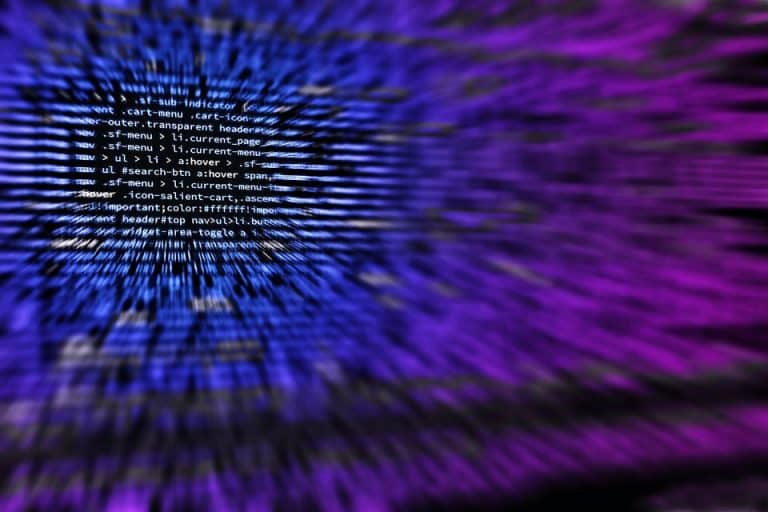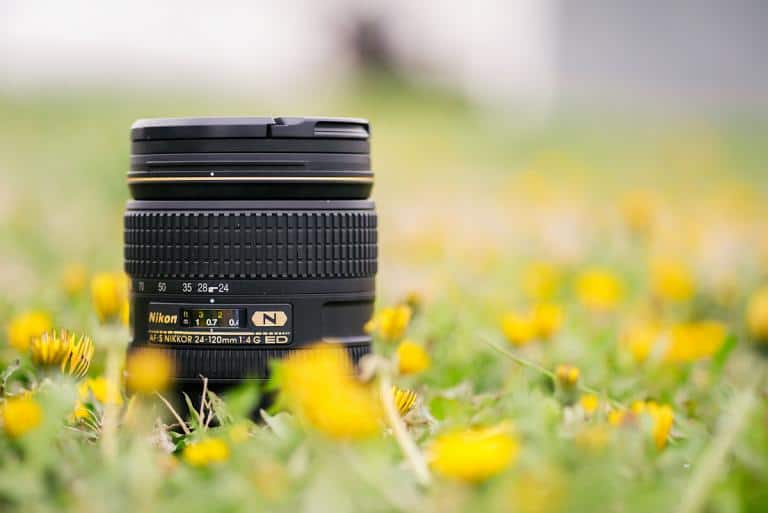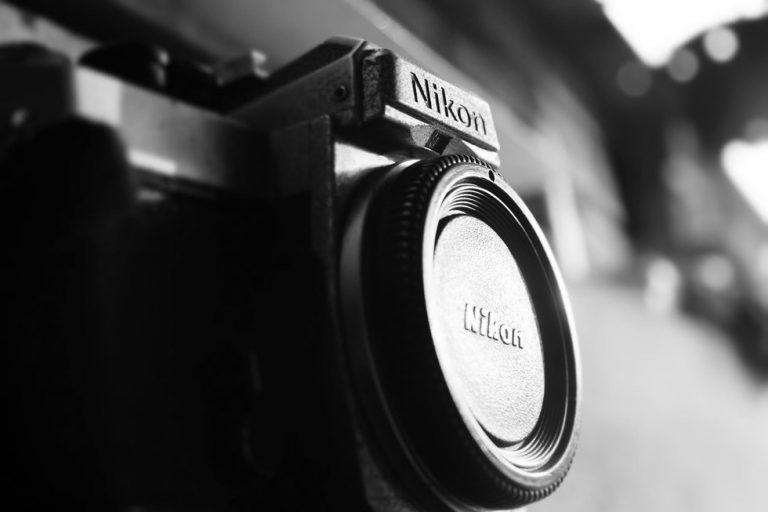When Do You Need to Have Fisheye Lens and How to Use It for Better Image Collection?
Before talking any further, let’s understand in simple terms what a fisheye lens is. It’s an ultra-wide angle lens that is used to create a wide panoramic view in a hemispherical image and brings about a lot of visual distortion. It appears complicated when you read about it and to be honest, it is. You need to understand the strengths of this type of lens, as well as the limitations to put it to good use.

This lens has the property of giving images a characteristic convex appearance which is non-rectilinear. The idea behind this invention done by Robert W. Wood is extracted from the famous Snell’s phenomenon. Snell’s event depicts a view that a fish will see under water when looking at a wide view. The initial use of these lenses was only in meteorology to study cloud formation, but by 1960s, their area of use widened, and they were introduced in photography.
Types
The fish lens comes mainly in two categories; circular and full frame.
Circular. Such fisheye lenses give a circular picture as a result. Have you ever seen a wide view picture whose corners were black? If you have, then it was shot with a circular fisheye lens. And there is no need even to mention how fabulous such effects look when used appropriately. True artists know how to use their skills combined with these lenses in shooting various unusual landscapes.
Full Frame. These types of fisheye lenses cover even less than 180 degrees. They cover only 100 degrees vertically and 150 degrees horizontally. So, they are not typically wide angle but the images that are created do not have black corners, and the pictures come out rectangular.

Having learned the basics, let’s discuss why you need to run and buy a fisheye lens or start using it if you already have one:
Use Distortion To Your Advantage. It is a well-known fact that a fisheye lens creates distortion. But, open your eyes and look at the scenes, choose them wisely and you can put this distortion to your advantage. Some of the best pictures taken from fisheye lenses have put distortion to the right use. Imagine a scene of a hustling bustling city with towering skyscrapers; now imagine clicking it with your fisheye lens. The distortion that this lens will bring to your image will engross the attention of the spectator into the city’s busy life that you wanted to shoot.
So, in such situations, a little distortion will, in fact, be magnificent. It is all about thinking artistically and creating wonderful pictures.
Use the Horizon and Lines Wisely. Imagine standing in a majestic place, and then the first thought that will come to your mind will be the creation of the memory in the same way that you are looking at it. In these cases, fisheye lenses can act as super wide lenses, and you can use the horizon and other lines in the environment to get a powerful shot.

Round It Up. It’s all about understanding the nature of this lens. This lens curves out the straight lines. So, what better than shooting it from an intersection point or in a tube view where the frame is already bent and the curving out created by this lens is most desired. The result will be magical, and an interesting picture will be on your sensor.
Look At The Sky. It’s a brilliant idea just to lay back and look at the stars through your fish eye lens. What did you see? Not only the stars? Yes, that’s what we are talking about. This is a situation where you will be amazed to see an extra wide shot capturing the surrounding buildings along with the sky. Buildings in all 360- degree view? Sounds fantastic, doesn’t it?
Try Out Some Portraits. Working these shots with a fisheye lens is most risky, but if you get it right, you will have amazing results in your hands. We will guide you how? You need to place your subject a little away from the edge. Moreover, you need to step back a little to get a good shot with less distortion. By using these simple tips, you can take wide-angle selfies and portraits.
[ad id=’3′]
Get Experimental. Fisheye lenses in artistic hands can create mystical results. Love your legs and place them in every direction all the time. Be imaginative and experimental. Using this lens is all about creativity and bringing your creative game to the table.
Conclusion
In the end, I would like to say that there are always some pros and cons to the use of fisheye lenses. It all depends on the photographer and the time put in to understand the basic technicalities of the lens and the many ways that it can be used. So, don’t be pessimistic after taking the initial few shots and try more and you will be amazed by the creative results you can get with this spectacular wide-angle fisheye lens.







